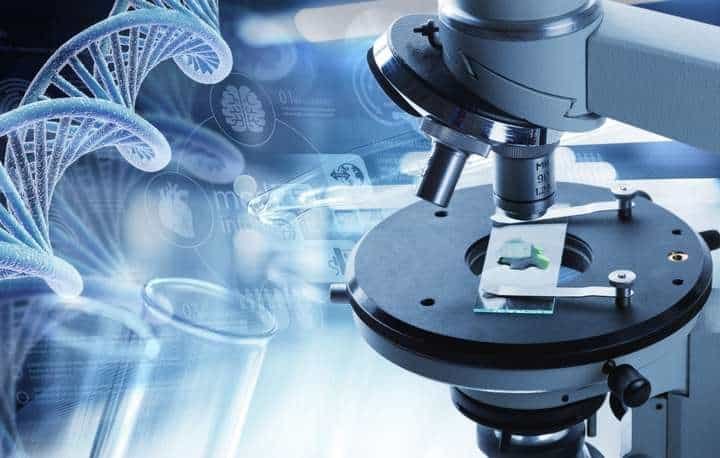Quantitative polymerase chain reaction (qPCR) is a method for PCR-based DNA analysis. When it comes to qPCR, you can utilize fluorescent probes or intercalating dye for target identification. This time, we will discuss probe-based qPCR. Discover more below:
How does QPCR work?
Probe-based qPCR is a PCR technique that produces exact and focused findings using fluorescently labeled sequence-specific DNA oligonucleotides, or “probes.” Although building QPCR probes before utilizing them makes the experiment potentially more time- and money-consuming than employing a dye-based qPCR alternative, it also enables multiplexing to recover the lost time.
You need probes with a fluorescent reporter dye on one end and a quenching element on the other to start using probe-based qPCR. The quenching feature stops fluorescence by absorbing the light emitted by the fluorescent reporter dye on the other end of the probe.
The probe should be placed between the primers in the middle of the sequence. In the course of PCR, the probe finds and binds to the complementary target that is downstream of the primer.
Taq DNA polymerase cleaves the probe and detaches the fluorescent reporter dye and quencher. This enables the release of the fluorescent signal, which the qPCR apparatus will gauge and utilize to calculate the quantity of DNA in the sample.
Gene Expression and qPCR
One of the critical advantages of qPCR is its capacity to assess gene expression, which we will look at below:
Gene expression is crucial in the production of proteins, also known as mRNA synthesis. Molecular biologists are actively researching gene expression, which helps them better comprehend various biological processes and disorders. The researcher first makes complementary DNA (cDNA) copies of the RNA in their sample using reverse transcriptase before using those cDNA copies in qPCR.

Reverse-transcription polymerase chain reaction is the name of this procedure. The results include details on how much mRNA was present in the initial, unreversed-transcribed sample, which is otherwise challenging to measure. The primers and dyes used during a qPCR run significantly impact the type of data produced.
Since qPCR dyes are frequently nonspecific and combine numerous readings from different genes if many primers are used in the same mix, a single qPCR typically captures data on a single gene. However, it is possible to “multiplex” qPCR to measure multiple DNA targets when using fluorescent DNA probes rather than dyes, provided that the matching probe fluoresces at a separate frequency for each target.
Why use probe-based QPCR?
- First, you can be confident the signal is coming from the desired target because a signal can only be produced if the primers and probe bind to the right sequence. This is possible, provided the probes and primers are well-designed and don’t bind inadvertently to unrelated objects.
- In addition to having higher specificity (than dye-based qPCR), probe-based qPCR also saves time by eliminating the requirement to determine whether you are looking at the right target amplification or not while analyzing the qPCR findings after the reaction has ended.
- Lastly, QPCR based on probes can be multiplexed. It means that utilizing variously labeled probes that carry several reporter dyes makes detecting many sequences in a single reaction possible.





